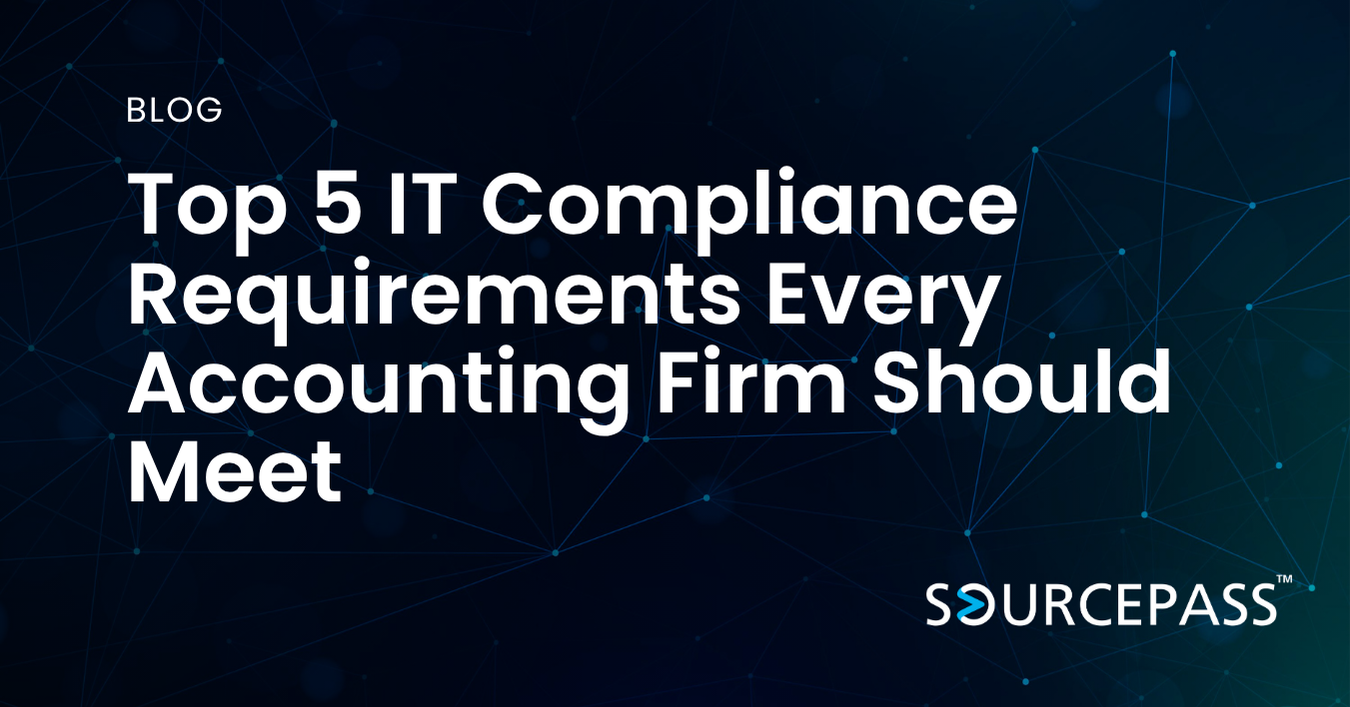Windows 10 End of Support: What You Need to Know
Jan 27, 2025 Alex Davis Security & Compliance | Modern Workforce & Productivity 2 min read



Microsoft has announced that as of October 14, 2025, Windows 10 will reach End of Support (EOS).
EOS for Windows 10 means that Microsoft will no longer provide free software updates, technical assistance, or security fixes for this operating system after October 14, 2025. While your PC will still function, it will become increasingly vulnerable to security risks and compatibility issues.
In this article, we'll provide some tips and guidance on what this means and how to prepare.
Windows 10 End of Support: Key Considerations
As Windows 10 reaches its end of support, it’s important to be aware of the following considerations to ensure your systems remain secure and functional:
- Security Risks: Without regular security updates, your system is more susceptible to malware, viruses, and other cyber threats. It’s essential to have robust security measures in place if you plan to continue using Windows 10 post-EOS.
- Software Compatibility: Over time, new software and applications may not be compatible with Windows 10. This could hinder productivity and limit access to new features and improvements.
- Technical Support: Microsoft will no longer offer technical support for Windows 10. This means any issues that arise will need to be resolved without official assistance from Microsoft.
How to Prepare for Windows End of Support
Preparing for the end of support for Windows 10 is crucial to ensure your systems remain secure, functional, and up to date. Here's what you should do:
- Upgrade to Windows 11: If your PC meets the minimum requirements, upgrading to Windows 11 is the most straightforward solution. Windows 11 offers enhanced security features, improved performance, and a modern interface designed to meet current demands.
- Evaluate Your Hardware: If your current PC cannot support Windows 11, consider investing in new hardware. Many retailers and PC manufacturers offer trade-in and recycling programs to help offset the cost of a new device.
- Backup Your Data: Ensure all your important files, photos, and documents are backed up. Using cloud services like OneDrive can make the transition to a new system seamless and secure.
By taking these steps, you can minimize disruptions, maintain productivity, and help protect your data and systems from potential security threats.
Frequently Asked Questions: Windows 10 End of Life
-
What happens when Windows 10 goes end of life?
According to Microsoft, once Windows 10 reaches end of life, users that haven't upgraded will no longer receive software updates, technical assistance, or security patches. This leaves users open to security vulnerabilities, operational slowdowns, and more.
-
Will my PC stop working once Windows 10 reaches end of life?
Once Windows 10 reaches end of life on October 14, 2025, Windows 10 and your PC will still function, but Microsoft will no longer provide security and technical updates to Windows 10.
Without these updates, you leave yourself open to a greater rick for viruses, malware, and functional disruption.
-
Is the security provided in Windows 11 more secure than Windows 10?
Yes. According to Microsoft, "Windows 11 is the most secure Windows ever built, with comprehensive end-to-end security that covers antivirus, firewall, internet protections, and more. This means more security features, dashboard displays, and ongoing updates to help safeguard against future threats–all built-in at no extra cost."
Get Ahead and Upgrade to Windows 11 Now. Speak with a Sourcepass Specialist Today!
Don't leave your business open to downtime and vulnerabilities.
Contact Sourcepass today to learn more about how planning ahead and taking proactive steps can help provide a smooth transition.
Subscribe To
Sourcepass Insights
Sourcepass Insights
Stay in the loop and never miss out on the latest updates by subscribing to our newsletter today!
.png?width=500&height=100&name=White%20Logo%20-%20Transparent%20Tag%20(3).png)



